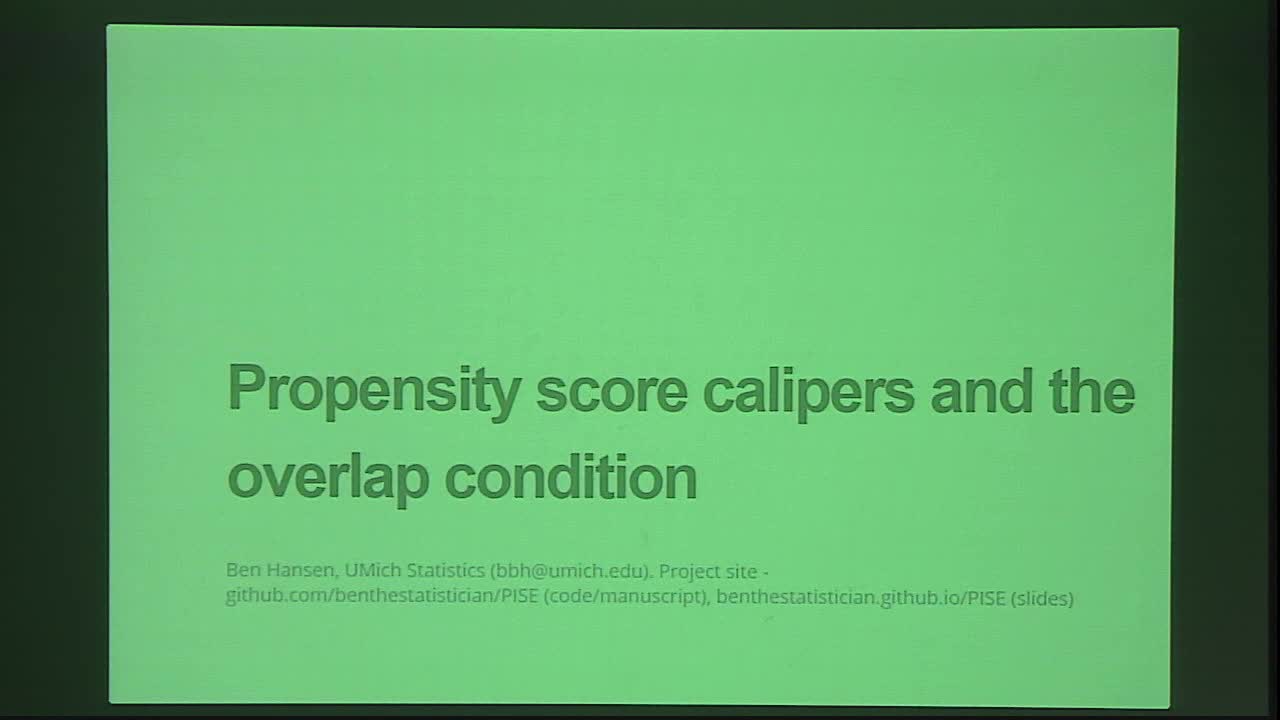Abstract
Propensity scores (Rosenbaum and Rubin, 1983) are used widely to address measured confounding in quasiexperiments. They also arise in connection with the antecedent question of whether non-equivalent treatment and control groups are suitable for comparison at all, with or without covariate adjustments.
"Common support,” the assumption that propensity scores are bounded away from 1, is so named because it means that the support of the treatment group in covariate spaces is contained within that of the control group. This is less simple to check than is often supposed: even if treatment and control groups’ values of the true propensity score overlap, when arranged in order of estimated propensity scores they may appear not to. The naive method of discarding those members of the treatment group whose estimated propensity scores fall above all the controls', and those members of the control group whose propensity scores fall below all those estimated within the treatment group, is needlessly wasteful of sample size.
It is possible to address common support by restricting the range of the estimated propensity score within which comparisons are permitted, but this requires careful determination of the tolerance enforced for matching discrepancies; available heuristics and guidelines attend only to some of the issues that must be considered. I present a new formula for determining caliper widths for matching based on propensity scores, and other constructed index functions. The method is compatible with conventional means of propensity score estimation, although it relaxes some of the more tenuous of the conventional assumptions, in particular permitting the dimension of the parameter to grow with n.
